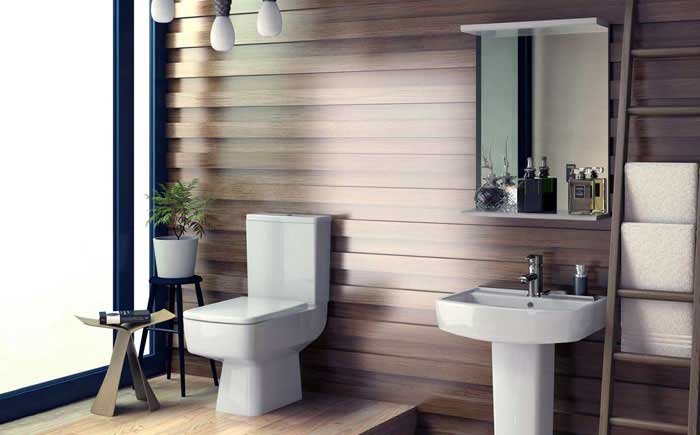Almost everybody owns a smart phone which connects to the internet these days. Whereas before, online data could only be accessed through a computer terminal, now emails and communications are available 24/7 at the touch of a button. These advancements in technology have had several effects on business and business continuation.
Workers now possess more flexibility as they are able to catch up with their business on the go with much more ease. Even when travelling to and from the office, or while you are away on business trips or even on holiday, as long as you have access to a 3G network you are able to continuously communicate with your clients without the need for a computer or laptop. Smartphones often come with smart software that allow you to update your schedules and calendars on all your devices at once, so even adjusting these isn't problematic from your cellar device, and having a cellular device on you at all times also has the added ability of reminding you of important dates and events in your schedule through push notifications, alarms and reminders that you are guaranteed to see, regardless of your location.
Employees have a greater ability to be able to take their work home with them. Even without a computer or laptop, people are able to write and send emails, adjust and send documents, amend schedules and access the internet which means that when you have approaching deadlines that put pressures on you that regular office hours simply don't suffice for, tasks can still be completed outside of the office and on the move. With the ability to access anything from anywhere, working on the move is becoming more and more popular.
With the ability to conduct teleconferences and Skype interviews from your mobile device, international hour differences are less of a problem as you can conduct these from anywhere where you have access to a network or wifi connection. This means that this is no longer restricted to office hours.
Smartphones are multitasking devices which allow you to complete several tasks at the same time through multiple applications which leave each other uninterrupted. Often these apps can communicate with each other so that you can transfer files and data between them. With such a simple interface, often it is easier to control several applications at once through your smartphone than on your computer device.
Smartphones give you immediate access to your bank accounts and you can manage, make and receive payments at your fingertips from anywhere. You also have instant access to platforms such as Facebook and Instagram which can be used to promote your business within seconds, as well as quick and easy access to stock reports and essential business data.
The biggest disadvantage to this development in technology is that where people used to just leave the office and switch off, now they are more likely to take their work with them all the time. This can lead to an increase in stress levels, a more agitated sleep pattern and more disruption to their private lives, however, overall, smartphones have had a very positive impact to businesses all over the world.




